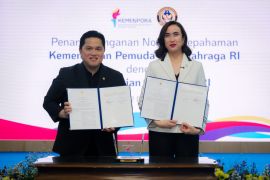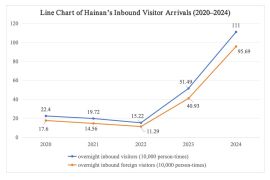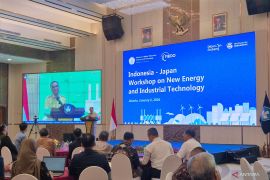Tourism activities create demand, which leads to consumption and investment, which in turn encourages the production of various goods and services.
One of the types of tourism is sports tourism, which has gained popularity in Indonesia.
Indonesia, with adequate sports facilities, potential in nature, and tourist attractions, has the potential to make sports tourism one of the driving forces of its economy.
The sports tourism sector is run by three main pillars: the government, the private sector, and the community. Communities at tourist destinations own tourism resources, including cultural aspects.
The community includes community leaders, intellectuals, NGOs, and the mass media.
On the private sector side, there are tourism business associations and business actors. Meanwhile, the government, both at the central and regional levels, makes policies regarding infrastructure and regulations.
Sports tourism activities in tourist destinations can be successful if all stakeholders work together and support each other.
Stakeholders can jointly plan development, organize events, carry out maintenance, and supervise various sectors that support sports tourism activities.
Hard Sports Tourism and Soft Sports Tourism
According to the Ministry of Youth and Sports, hard sports tourism refers to official sports tourism events that are held on an international scale.
In this type of sports tourism, several events have been held in Indonesia, including the 2022 Mandalika MotoGP and the 2023 FIBA World Cup. Indonesia will also host the U-17 FIFA World Cup from November 10 to December 2, 2023.
Translator: Fauzan, Raka Adji
Editor: Anton Santoso
Copyright © ANTARA 2023












